By Dan Fine, Business Adviser at Hive Business
This summer I noticed a curious phenomenon on my morning run to work. The route takes me through the grounds of Royal Cornwall Hospital and across the trainee doctors’ quarters, and the path edges around a fulsome piece of grass.
One day in June I noticed something strange: a faint shortcut had emerged, cutting through the top corner of the grass. By July there was a second well-trodden shortcut, this time straight across the middle of the grass, offering more significant savings in time and energy.
Why, I wondered, had this happened now? I’d been running this route for three years. What really interested me, however, was how the value in the shortcuts was immediately clear to everyone once they appeared. You could see this in the volume of footfall.
Why had people changed their minds en masse? Did the visual cue of the well-trodden shortcuts offset guilty feelings of delinquency, thereby establishing a new social norm? Maybe. In economics, as luck would have it, there’s a concept called path dependence.
Really it’s the idea that historical circumstances always inform and guide our decisions. It’s a preoccupation in military circles because you should never plan to win your last war. Hence the Boers confounded the British, at the height of their powers, with trenches and machine guns, as the British did to the Germans in World War One, who very nearly won next time with combined mechanised assaults called blitzkrieg, or “lightening war”. Afterwards the Americans felt they could beat all comers at this game, only not bad sports like the Viet Cong who didn’t play it.
The problem with path dependence is obvious in war because the price tag is so high. But elsewhere it isn’t so clear — what about, for example, someone who wants to keep their head down as an associate? Should they be a trailblazer? No, and neither should management. Both need things to run smoothly day to day.
It’s when you move to complex strategic and leadership problems that path dependence becomes your enemy. Getting away from it, in fact, is a pretty good definition of strategic thinking. If you then happen to choose your old path it should only be after you have considered your other options first.
A great example is the qwerty keyboard. Most of us grew up with it and don’t really care that the Dvorak keyboard, which has been around since 1936, offers greater efficiency. The cost of changing would be too high.
There’s a flurry of new and bigger Dvoraks on the horizon as the pace of change in dentistry quickens and the fourth industrial revolution blurs the lines between the physical, digital and biological spheres. There are other changes coming too: Brexit will impact EU dentists working here even if it’s just uncertainty rather than legislation, and the bubble has to burst on inflated NHS practice prices.
Think of a big company, a world leader. The chances are it begun during a famous crisis or crash, which, as Ryan Holiday writes in The Obstacle Is the Way, is very uplifting. Yes, there are challenges ahead, but if you’re a trailblazer you’ll meet them and then some. If you’re a strategic leader, be one of the first to run across the grass, not one of the last. Get in touch, 01872 300232 or email us at hello@hivebusiness.co.uk.








